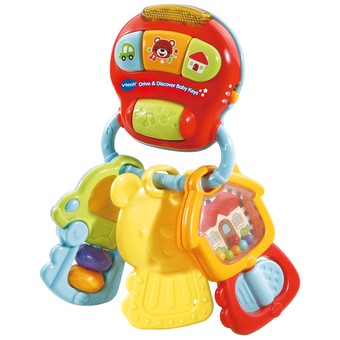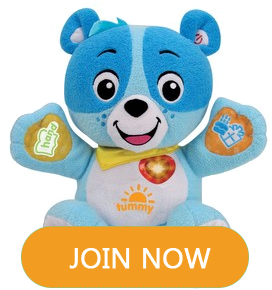Why Join VTech Club?
Joining is free, fast and full of great benefits, such as:
- Promotions and offers
- Monthly £1,000 prize draw*
- Regular competitions
- Special offers for our members
Added benefits
- Register your VTech products
- Apply to be a Product Tester
-
Shop
AgeBaby MonitorsBy BrandMore Ways To Shop
- Brands
-
Downloads
Learning LodgeLearning Lodge AppsIOS AppsAndroid AppsDigiart
-
Parents
VTech Club Sign-up
- Customer Support
Consumer ServicesAbout VTechFirmware UpdatesContact Us - Customer Support
Shop
Age
Baby Monitors
By Brand
More Ways To Shop
Brands
Downloads
Learning Lodge
Learning Lodge Apps
IOS Apps
Android Apps
Digiart
Parents
VTech Club Sign-up
Parenting
Community
Customer Support
Consumer Services
About VTech
Tutorials
Firmware Updates
Contact Us

0+
YEARS
Drive & Discover Baby Keys
£12.99
Temporarily out of stock
Developmental Benefits

Auditory Stimulation

Hand Eye Coordination

Imitative Play

Motor Skills

Tactile Stimulation
Developmental Benefits
Drive & Discover Baby Keys

- Fun and interesting sound effects draw baby’s attention to play.
- Even very early in life babies can hear a wide variety of sounds. Infants will turn towards the sound of a toy and begin to reach towards it. This ability to recognise the direction that a sound is coming from improves greatly during the first few years of life. Young infants listen longer to the sound of human voice and seem to prefer it to any other sound. They are especially aware of the sound of language and like to be spoken to slowly and with a high pitch. This is sometimes referred to as ‘infant directed speech’ or even ‘baby talk’. Young babies are quite sensitive in their auditory abilities and can perceive all the categorical sound distinctions in world languages. As babies develop their auditory abilities narrow so that eventually babies are only sensitive to those sound categories specific to their native language.
As soon as babies are born they are influenced by what they hear around them and modify what they able to hear, accordingly. At the same time they become increasingly sensitive to music and musical patterns. Even in their first year babies are distinguishing between musical tunes on the basis of rhythmic patterns and later they begin to recognise the same melody played in a different key. Giving babies plenty of opportunities to hear music, singing, rhythm and talk enhances their learning and prepares them for the social world where they will talk, sing, play and listen to music.

- Aiming and concentrating on a target improves hand/eye coordination.
- Humans have highly developed manual dexterity skills that distinguish them from any other species on this planet. This manual dexterity emerges during the infant’s first year and, with plenty of opportunities to manipulate and play with toys and objects, becomes a highly tuned ability. Babies will reach and grasp for objects in an uncoordinated manner from an early age. As they begin to gain control over their movements infants succeed in reaching for and grasping toys. The first attempts by babies to grasp toys in their hands involve using the palm of their hand with all their fingers around the object. As development occurs through physical maturation and plenty of opportunities to play with toys, grasping becomes more sophisticated. The use of the opposable thumb and index finger allows infants to pick up very small objects in what is termed a ‘pincer grasp’. This finely tuned motor skill emerges at the end of first year of life.<br /> The development of hand and eye coordination skills continues throughout childhood where opportunities to play games that require children to manoeuvre objects, build tall towers or hit targets on a computer screen facilitate the development of finely-tuned hand and eye coordination.

- Copying observed action encourages social and emotional skills.
- Imitation begins very early in an infant’s life. Young children learn socially from older children and adults by copying them. Imitative play is a fundamental part of learning; young children watch adults and then copy them extensively. Throughout their early years children are learning to adapt to the cultural world into which they have been born. Imitative play allows children to experiment with the cultural tools and behaviour that they have observed. Children try to use laptops, phones and any other electronic device available to them because they have seen adults using and interacting with these devices. Young children’s manual dexterity and hand and eye coordination is well adapted for using mobile phones and other devices. Children can benefit from having replica items available, such as an infant laptop or an imitation mobile phone. These electronic items can enhance manual skills, hand and eye coordination and spatial skills.<br /> Imitative play requires children to observe and copy other’s behaviour. Sometimes children watch another child performing an action but don’t copy the action immediately. Lots of imitative play occurred in our nursery school study where we observed children playing with VTech toys. Children learn through observing and copying others. Young children watch other children and observe the consequences of actions without having to perform the actions themselves. This can help with social and also motor skills. A young child in our nursery study watched another child press a button on a toy to play some music and then jig up and down. After wandering off the young child who had observed the jigging returned to the toy pressed the button and began to jig up and down to the music. Children learn from each other as they play. Imitative play allows for lots of repetition which is also a valuable learning activity.

- Encourages fine motor skill development.
- An infant’s growth and development in the first year of life is rapid. Many movements that young babies make are in preparation for the next stage of their development. When young babies watch a mobile they are constantly moving their head, arms, legs and even their mouths in response to the movement of the toy. Sound and movement attract a baby’s attention; if a toy is placed almost within reach of babies their movements become more animated. Bath toys provide opportunities to develop and use motor skills to great effect. For example, a young baby has greater control over their leg movements than their arms. You will often see young babies in a bath reaching with their legs towards a floating toy and kicking. All these movements strengthen muscles in readiness for the next stage - walking.<br /> As babies develop they become more adept at grasping objects. Young infants learn to grasp an object, for instance a cube. The grasping, at first, is quite clumsy but through repetition, and across time, infants become adept at grasping and develop fine motor skills. Infants first use the ulnar grasp where their fingers close against the palm when trying to hold an object. Within another month they are able to move the object from hand to hand. After the first year, infants adopt the ‘pincer grasp’ where they use their thumb and index finger to grasp even very tiny objects. Shape sorters help infants to fine tune their visual perception and hand coordination. Soon infants are building towers with two cubes; this also requires fine coordination skills. As the child grows computer games have been shown to help with hand and eye coordination. Spatial skills can also be enhanced when playing games that require concentration, quick responses and finely tuned motor skills.

- Mixture of different textures provide stimulation for baby.
- Babies learn about the world through their senses. The sense of touch is intimately linked with other senses such as sound and vision. Babies are provided with stimulation from more than one sensory system at the same time; this is termed intermodal perception. They learn about the sounds that different objects make when they bang or touch them. Toys that are have different textures and shapes facilitate infants’ learning. Babies put toys and other objects in their mouths from an early age. They also begin to reach for and grasp objects and then move toys from one hand to another. Toys that are made of different materials and are different shapes stimulate young infants to grasp, mouth and shake them. Babies then gain greater motor control and begin to pick up small objects with their thumb and index finger. They also begin to bang objects together. This combines tactile and auditory stimulation; they feel the vibration and also hear the sound.<br /> Bath time play is an excellent opportunity for tactile stimulation. Bath toys that are small and lightweight so that young babies can grasp them are excellent stimulus materials. Babies and young children can learn from handling toys in the water; there are many opportunities for grasping, squeezing and squirting water from objects. Tactile stimulation and learning is also experienced when infants and young children feel the weight of a toy when they have filled it with water and then after they have poured the water away. These types of experiences help young children to learn about the shape, pattern, surface, texture and weight of objects through touching them.
- Shake, rattle and go with the Drive & Discover Baby Keys by VTech.
- Press the three colourful buttons or shake the keys to hear fun songs, cute phrases and music.
- House key features beads and spinning disk.
- Car key includes bead spinners and a cute little mirror for self-discovery!
- Soft bear key teether will help soothe your little ones gums.
- Keys include 3 sing-along songs and 15 lively melodies.
- Keys help encourage interaction, discovery & exploration, imitative play, cause and effect relationships and help develop motor skills.
Best for ages:
Birth+
Highlights
Press the three colourful buttons or shake the keys to hear fun songs, cute phrases and music. Keys feature beads, spinning disk, spinners and mirror for self-discovery!
Description
Shake, rattle and go with the Drive & Discover Baby Keys by VTech. Grab these keys and unlock some fun! Press the three colourful buttons or shake the keys to hear fun songs, cute phrases and music. Spin the colourful roller for even more fun! House key features beads and spinning disk; car key includes bead spinners and a cute little mirror for self-discovery! Soft bear key teether will help soothe your little ones gums. Keys include 3 sing-along songs and 15 lively melodies. Keys help encourage interaction, discovery & exploration, imitative play, cause and effect relationships and help develop motor skills.
- Product Number: 80-505103
- 3x LR44 Batteries Batteries Required
- Customer Support
- Learning Lodge on
macOS 10.15 - FAQs
- Contact Us
- Product Safety Message
- Privacy Policy
- Cookie Statement
- Vulnerability Disclosure Policy
- Delivery Detail
- Website Terms & Conditions
- Learning Lodge Terms & Conditions
- Kid Connect and KidiConnect Terms and Conditions
- eWaste & Battery Recycling
- Product Warranty
- Returns Policy
- Modern Slavery Statement
- Right to Erasure Request Form
- Site Map
- About VTech
- Expert Panel
- Careers
- Sustainability
- Tax Strategy
- Climate Positive Workforce
- VTech Global
- VTech Canada
- VTech US
- VTech Phones

©2024 VTech Electronics, All Rights Reserved.



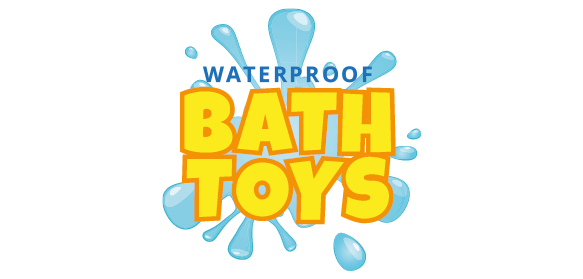
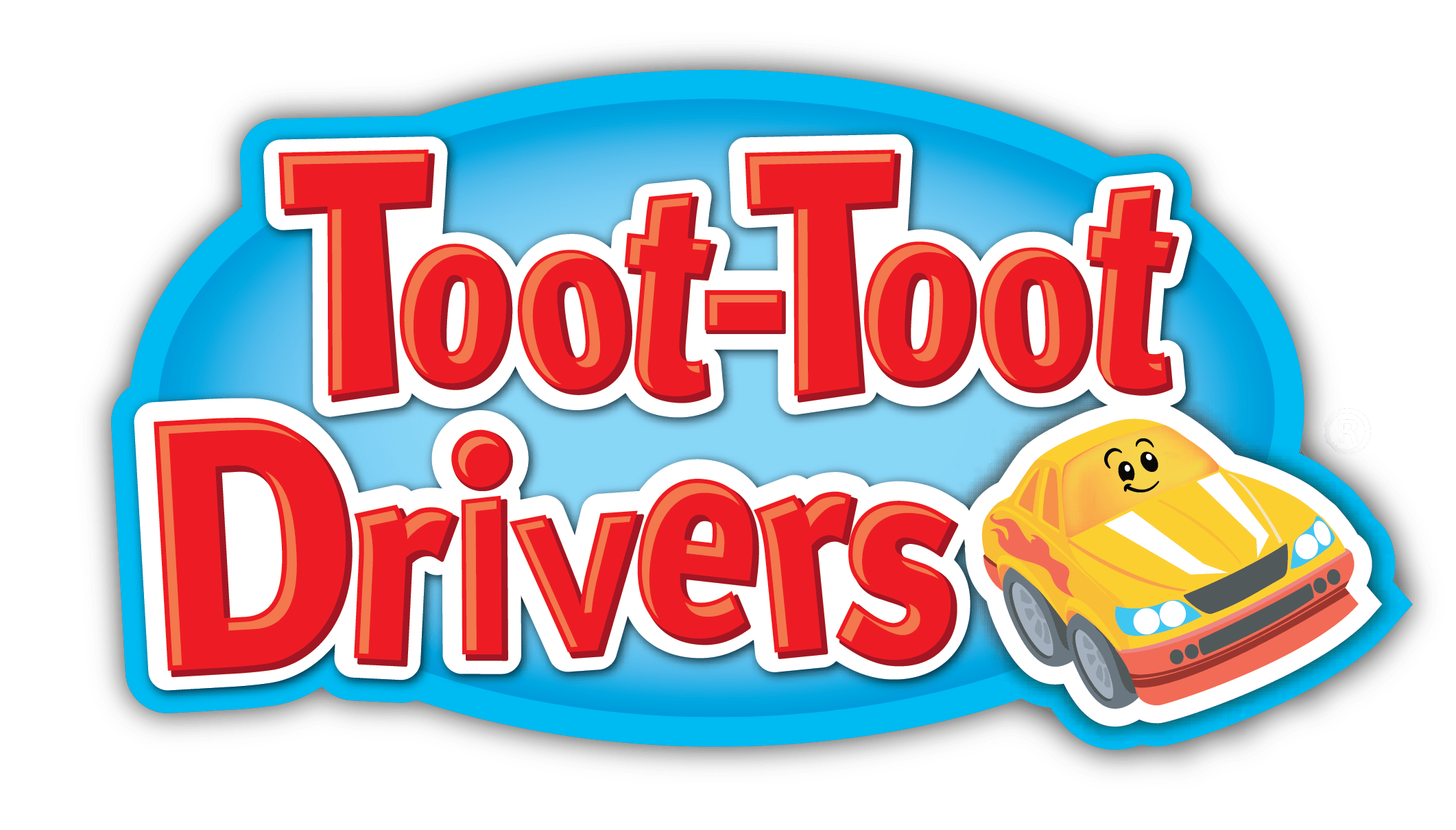



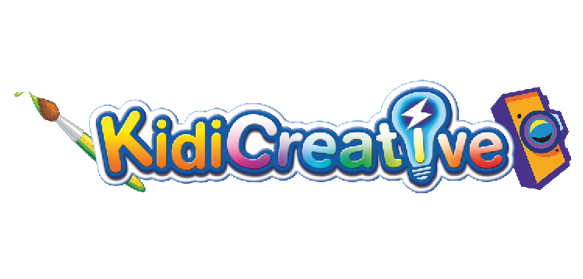

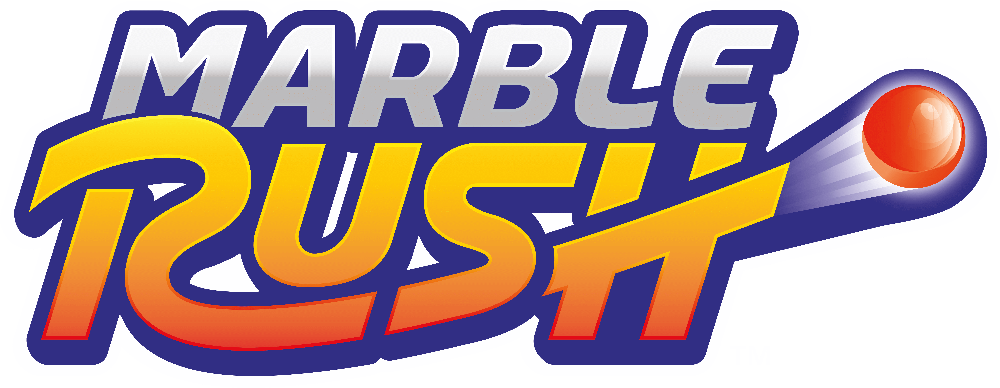
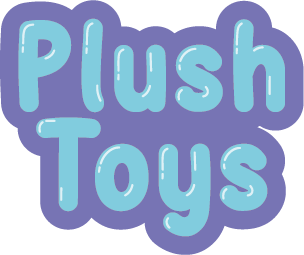

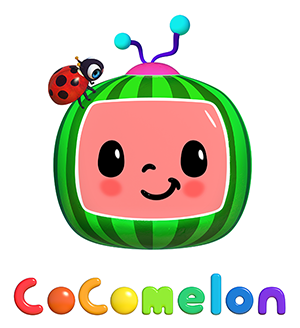

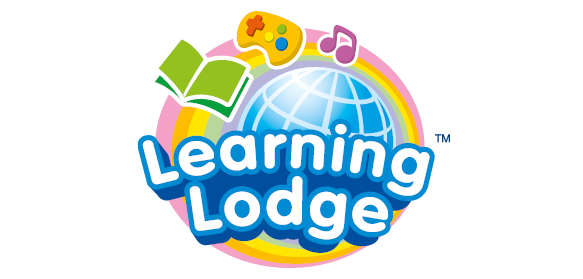 Download
Download

